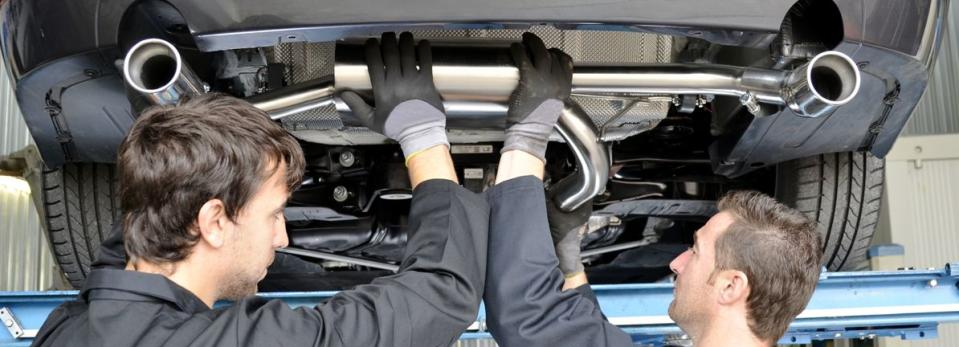A Close Look At Autoliv, Inc.’s (NYSE:ALV) 23% ROCE

Want to participate in a research study? Help shape the future of investing tools and earn a $60 gift card!
Today we are going to look at Autoliv, Inc. (NYSE:ALV) to see whether it might be an attractive investment prospect. Specifically, we'll consider its Return On Capital Employed (ROCE), since that will give us an insight into how efficiently the business can generate profits from the capital it requires.
Firstly, we'll go over how we calculate ROCE. Second, we'll look at its ROCE compared to similar companies. Last but not least, we'll look at what impact its current liabilities have on its ROCE.
Return On Capital Employed (ROCE): What is it?
ROCE is a measure of a company's yearly pre-tax profit (its return), relative to the capital employed in the business. All else being equal, a better business will have a higher ROCE. Overall, it is a valuable metric that has its flaws. Renowned investment researcher Michael Mauboussin has suggested that a high ROCE can indicate that 'one dollar invested in the company generates value of more than one dollar'.
How Do You Calculate Return On Capital Employed?
Analysts use this formula to calculate return on capital employed:
Return on Capital Employed = Earnings Before Interest and Tax (EBIT) ÷ (Total Assets - Current Liabilities)
Or for Autoliv:
0.23 = US$904m ÷ (US$6.7b - US$2.9b) (Based on the trailing twelve months to December 2018.)
So, Autoliv has an ROCE of 23%.
Check out our latest analysis for Autoliv
Does Autoliv Have A Good ROCE?
ROCE is commonly used for comparing the performance of similar businesses. Using our data, we find that Autoliv's ROCE is meaningfully better than the 15% average in the Auto Components industry. I think that's good to see, since it implies the company is better than other companies at making the most of its capital. Setting aside the comparison to its industry for a moment, Autoliv's ROCE in absolute terms currently looks quite high.
In our analysis, Autoliv's ROCE appears to be 23%, compared to 3 years ago, when its ROCE was 15%. This makes us think the business might be improving.
When considering ROCE, bear in mind that it reflects the past and does not necessarily predict the future. ROCE can be deceptive for cyclical businesses, as returns can look incredible in boom times, and terribly low in downturns. ROCE is, after all, simply a snap shot of a single year. What happens in the future is pretty important for investors, so we have prepared a free report on analyst forecasts for Autoliv.
How Autoliv's Current Liabilities Impact Its ROCE
Current liabilities are short term bills and invoices that need to be paid in 12 months or less. Due to the way ROCE is calculated, a high level of current liabilities makes a company look as though it has less capital employed, and thus can (sometimes unfairly) boost the ROCE. To check the impact of this, we calculate if a company has high current liabilities relative to its total assets.
Autoliv has total liabilities of US$2.9b and total assets of US$6.7b. Therefore its current liabilities are equivalent to approximately 43% of its total assets. Autoliv has a medium level of current liabilities, boosting its ROCE somewhat.
The Bottom Line On Autoliv's ROCE
Still, it has a high ROCE, and may be an interesting prospect for further research. Of course, you might find a fantastic investment by looking at a few good candidates. So take a peek at this free list of companies with modest (or no) debt, trading on a P/E below 20.
For those who like to find winning investments this free list of growing companies with recent insider purchasing, could be just the ticket.
We aim to bring you long-term focused research analysis driven by fundamental data. Note that our analysis may not factor in the latest price-sensitive company announcements or qualitative material.
If you spot an error that warrants correction, please contact the editor at editorial-team@simplywallst.com. This article by Simply Wall St is general in nature. It does not constitute a recommendation to buy or sell any stock, and does not take account of your objectives, or your financial situation. Simply Wall St has no position in the stocks mentioned. Thank you for reading.

